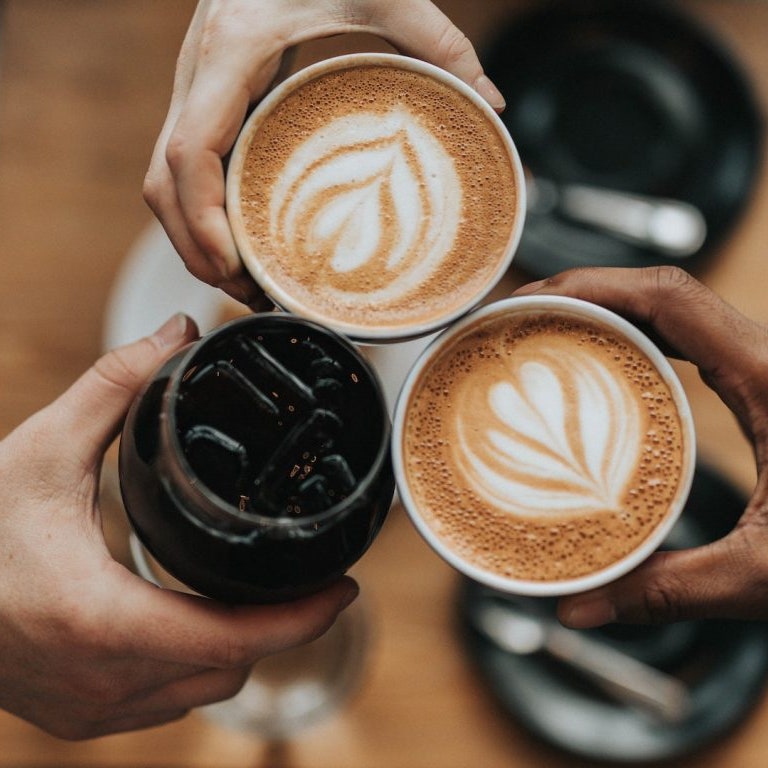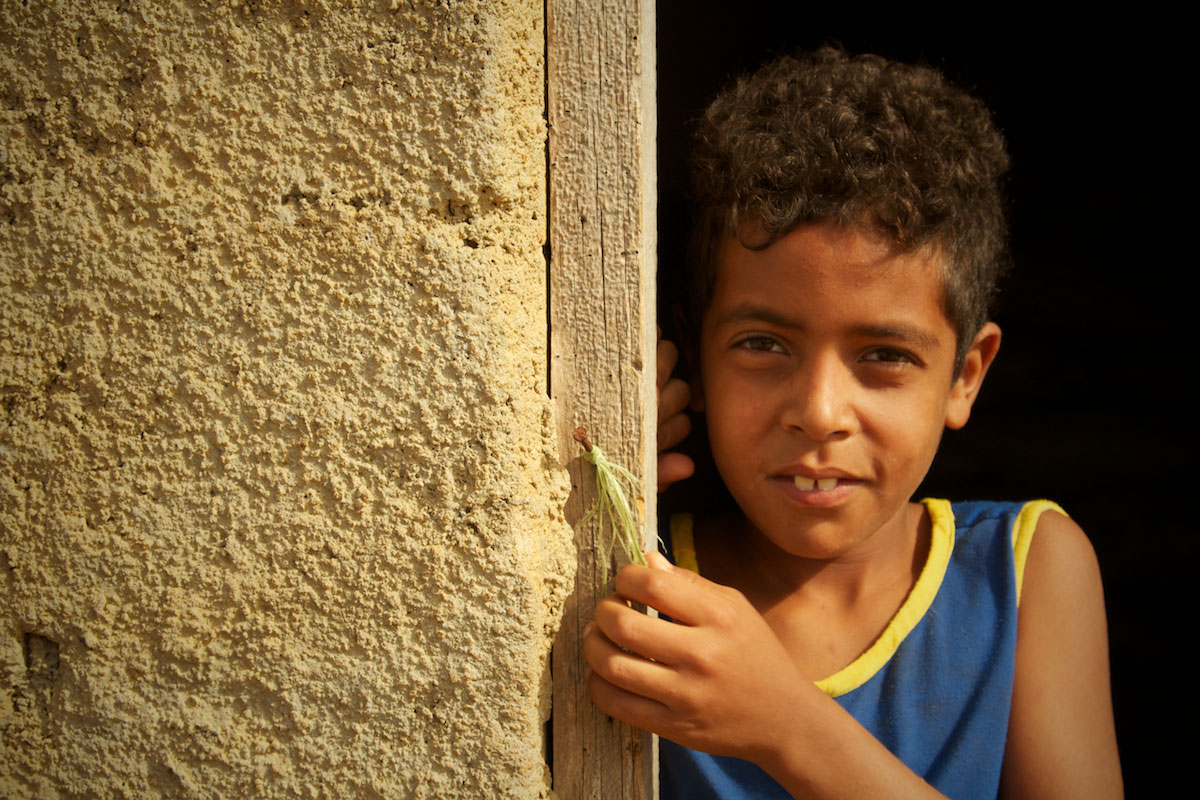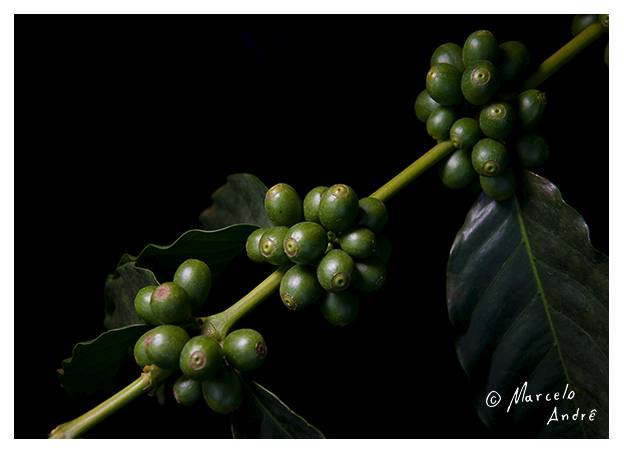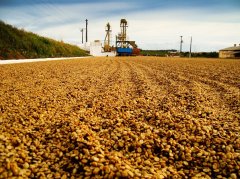The largest coffee consumer country Brazil Coffee Kingdom History Story Brazilian Red Bourbon Coffee Bean Features Flavor
Coffee was introduced into the country as early as the early 18th century. The story goes that in 1727, the Brazilian government sent a brave soldier-Lieutenant Colonel Francisco de Mello Pachta-to smuggle coffee seeds from French Guiana under the guise of mediating a border dispute.
It is said that the lieutenant to the governor's wife was attracted by the lieutenant. At the farewell state dinner, she gave him a bouquet full of coffee saplings. The country has about 2 million hectares of land to grow coffee, the vast majority of which (more than 70 per cent) is Arabica coffee. Most of them are shipped to large multinational bakers, referred to as "Santos" (after the port in the state of Sao Paulo, not the producing area).

However, Brazil also produces some truly high-quality coffee and small quantities of coffee, proving that boutique coffee does not have to be limited to small-scale growers. Like India, Brazil's growing middle class has contributed to the rapid growth of the domestic coffee market. Consumption is growing at a rate of about 5% a year, and Brazil recently overtook the United States as the world's largest consumer of coffee per capita, according to the Daily Telegraph.
In 1975, Brazil suffered a devastating frost. Many producers have abandoned crops in the south and south-east and resettled in Minas Gerais, which is less affected by frost. The combination of technology, best planting practices and the willpower of farmers has made Minas Gerais Brazil's largest coffee producer in just over 30 years.

In recognition of the country's high-quality coffee, Brazil took the lead in hosting the judged Excellence Cup competition a decade ago. The size of the farm ranges from a small family plantation of less than 10 hectares to a large estate of more than 2000 hectares. Some of the larger Brazilian estates produce more coffee each year alone than in Bolivia!
A large number of traditional and experimental varieties are grown here, such as Bourbon, Mondo Novo, Icat ú, Catua í, Iapar and Catuca í. Most of the genetic material used in Brazilian coffee crops comes from the Catua í and Mundo Novo groups developed by the Campinas Institute of Agronomy (IAC) in the 1930s.
Historically, due to the lack of water in the early coffee producing areas, most of the coffee grown in Brazil was processed by natural methods. Now this is changing, and natural pulping and complete washing are used-especially in professional areas. These processes are used to enhance the different characteristics of coffee and bring out different characteristics.
In fact, some large estates process coffee in every way to provide a contrasting cup outline. Mercanta works closely with the Brazilian Fine Coffee Association (BSCA) to build lasting and sustainable relationships with quality growers, large and small. BSCA works at the international and national levels to raise standards for coffee and coffee agriculture in Brazil. Internationally, it promotes premium Brazilian coffee and helps growers meet the stringent standards of boutique coffee buyers around the world. At the domestic level, BSCA works with farms to continuously improve sustainable agricultural practices and ensure social care for workers.

Most of the coffee is grown from the traditional Latin American Arabica coffee variety, the bourbon. The best type is traded in Santos 2 in Santos, Brazil, and "2" is considered to be the highest quality coffee.
Brazil has been the king of the coffee industry for more than 100 years. It is the largest producer and exporter of instant coffee, accounting for more than 1/3 of its coffee production. It is expected to reach nearly 6000 million bags of 60 kg coffee by 2020, up from 4930 million bags last year.
Is Brazilian coffee undervalued or overvalued? One thing is certain: Brazil will continue to reinvent itself to meet the growing demand for quality coffee.
There is a red bourbon from Brazil on the front street, which is a balanced coffee with a very typical Brazilian style. The taste of nut and chocolate is outstanding and the acidity is low. High sweetness, clean, supple, with tropical fruit aromas.
Important Notice :
前街咖啡 FrontStreet Coffee has moved to new addredd:
FrontStreet Coffee Address: 315,Donghua East Road,GuangZhou
Tel:020 38364473
- Prev

Brazilian Coffee Bean Brand recommends Brazilian peet's Coffee Bean with moderate Baking advantage
About 1/3 of the world's coffee comes from Brazil, which makes sense-the climate is perfect for growing delicious, rich coffee beans. Not very sour. Brazilian coffee usually has nutty and chocolate flavors. It is ideal for deep baking because beans are usually round and less complex. The first one I want to introduce to you is the Brazilian yellow bourbon from Volcanica.
- Next

The characteristics of Brazilian Coffee beans and the Historical Story of the Development of the characteristics of Brazilian Coffee beans in the New World of Brazil
In terms of production, most coffee lovers recognize four main types of coffee variants, which are the main varieties in the Brazilian coffee industry, namely Typica, Bourbon, Caturra and MundoNovo. Acai this variety is selected from MundoNovo and used in
Related
- Detailed explanation of Jadeite planting Land in Panamanian Jadeite Manor introduction to the grading system of Jadeite competitive bidding, Red bid, Green bid and Rose Summer
- Story of Coffee planting in Brenka region of Costa Rica Stonehenge Manor anaerobic heavy honey treatment of flavor mouth
- What's on the barrel of Blue Mountain Coffee beans?
- Can American coffee also pull flowers? How to use hot American style to pull out a good-looking pattern?
- Can you make a cold extract with coffee beans? What is the right proportion for cold-extracted coffee formula?
- Indonesian PWN Gold Mandrine Coffee Origin Features Flavor How to Chong? Mandolin coffee is American.
- A brief introduction to the flavor characteristics of Brazilian yellow bourbon coffee beans
- What is the effect of different water quality on the flavor of cold-extracted coffee? What kind of water is best for brewing coffee?
- Why do you think of Rose Summer whenever you mention Panamanian coffee?
- Introduction to the characteristics of authentic blue mountain coffee bean producing areas? What is the CIB Coffee Authority in Jamaica?

